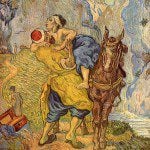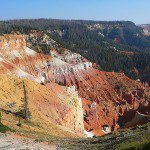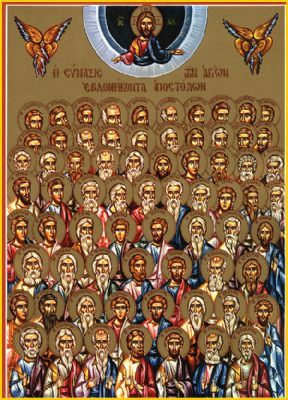
(Wikimedia Commons public domain image)
Compare Matthew 9:37-38; 10:7-16; John 4:35
1.
Since my mission in German-speaking Switzerland, the Lord’s comment in Luke 10:2 has hit me powerfully:
The harvest truly is great, but the laborers are few: pray ye therefore the Lord of the harvest, that he would send forth labourers into his harvest.
That’s one of the reasons I keep exhorting people to share the Gospel online.
2.
Back in the dark days of the Foundation for Ancient Research and Mormonism (FARMS), before real scholarship had arrived there and while ad hominem viciousness was still the order of the day, we published this article by S. Kent Brown, on “The Seventy in Scripture”:
http://publications.maxwellinstitute.byu.edu/fullscreen/?pub=1000&index=1
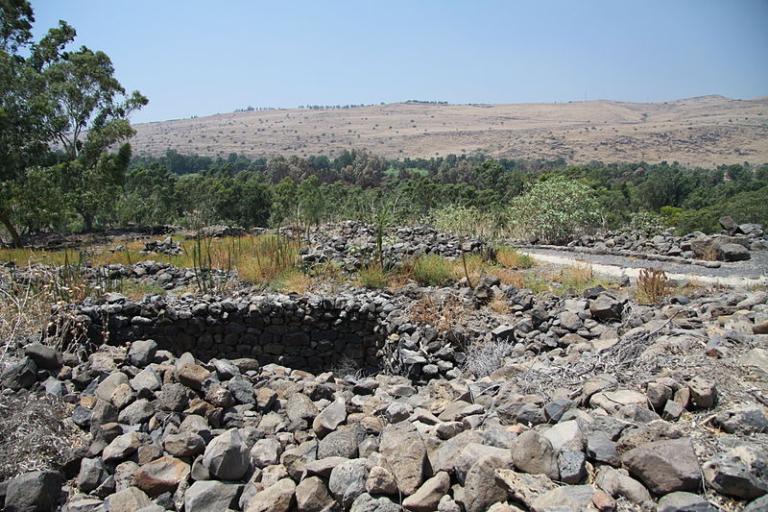
(Wikimedia Commons public domain image.)
Compare Matthew 11:20-24; Luke 10:12
I don’t know whether it should count as a fulfillment of these prophetic verses or not, but the fact is that Bethsaida, Chorazin, and Capernaum are mere archaeological ruins today.
In fact, the very location of Bethsaida is still disputed in some quarters.
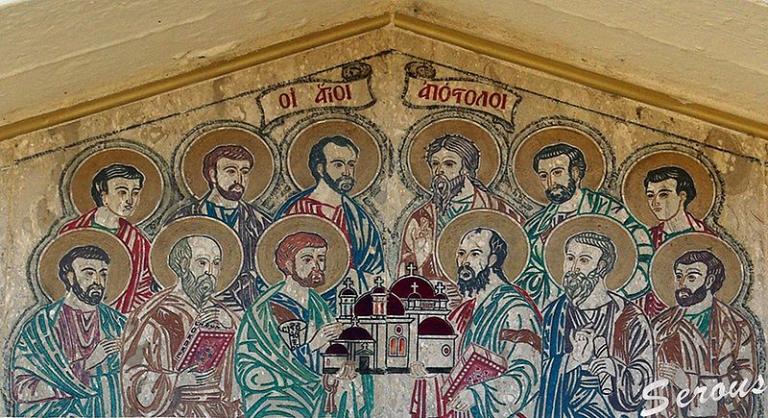
(Wikimedia Commons public domain image)
Compare Matthew 10:40; John 13:20
There could scarcely be a stronger or more comprehensive statement of what Latter-day Saints call “priesthood authority” (or, more specifically, “apostolic authority”) than this verse.
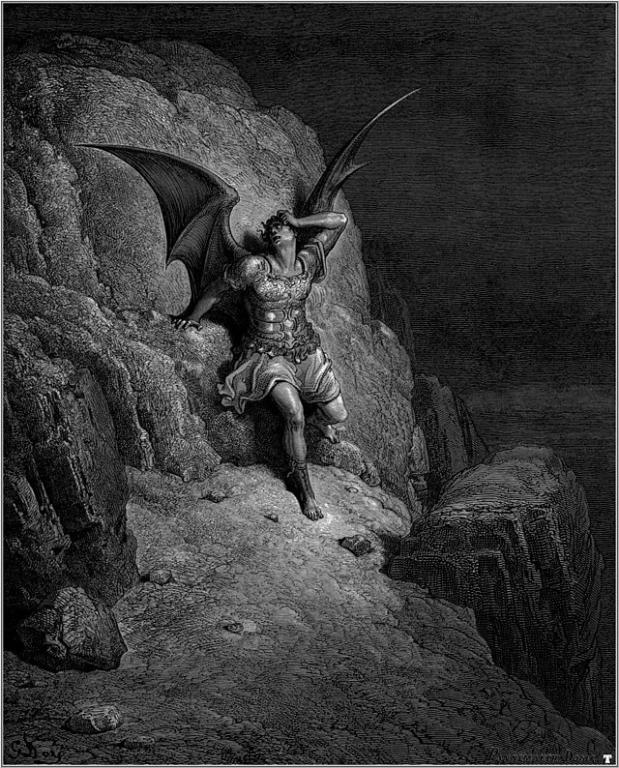
Compare Mark 16:17-18; John 12:31
This passage has always struck me as very interesting on a human level.
For instance, the surprised delight of the Seventy at the power that they’ve been granted seems very believable to me. Jesus actually has to caution them that the vesting of that power in them isn’t really the most important thing.
More striking to me, though, is the seemingly out-of-the-blue remark in Luke 10:18. It’s as if the veil were suddenly and briefly parted, so that Jesus (who was, I think, to some extent affected by the same veil that affects us) caught a glimpse of what followed the pre-mortal council and the subsequent “war” in heaven. I can’t prove it, but that’s how it’s always seemed to me.
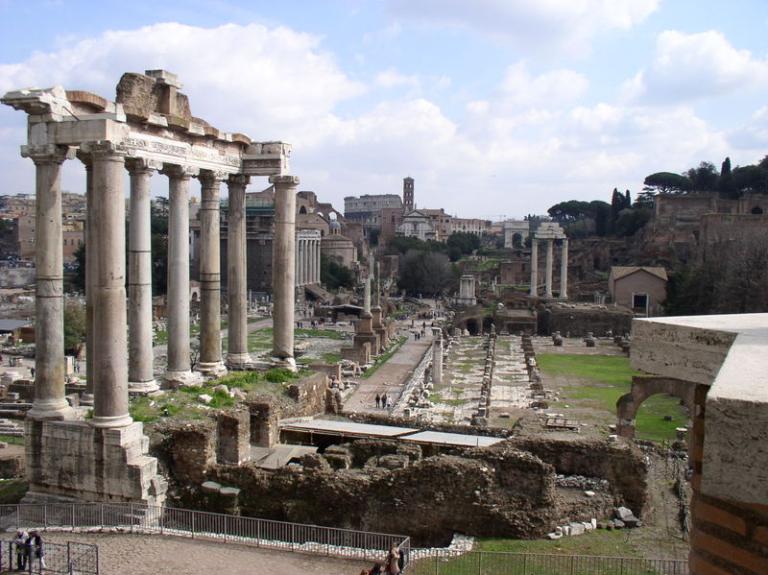
(Wikimedia CC public domain photo by Carla Tavares)
Compare Matthew 11:25-27; 13:16-17; John 3:35; 7:29; 10:14-15; 13:3; 17:2, 15
For some reason, the Lord doesn’t seem inclined to reveal himself principally to the faculty club at Harvard or through the Times Literary Supplement. Instead, he calls people who are ignored or even disdained by the self-anointed cultural elite. Not just anciently, but today.
I sense a pattern.



